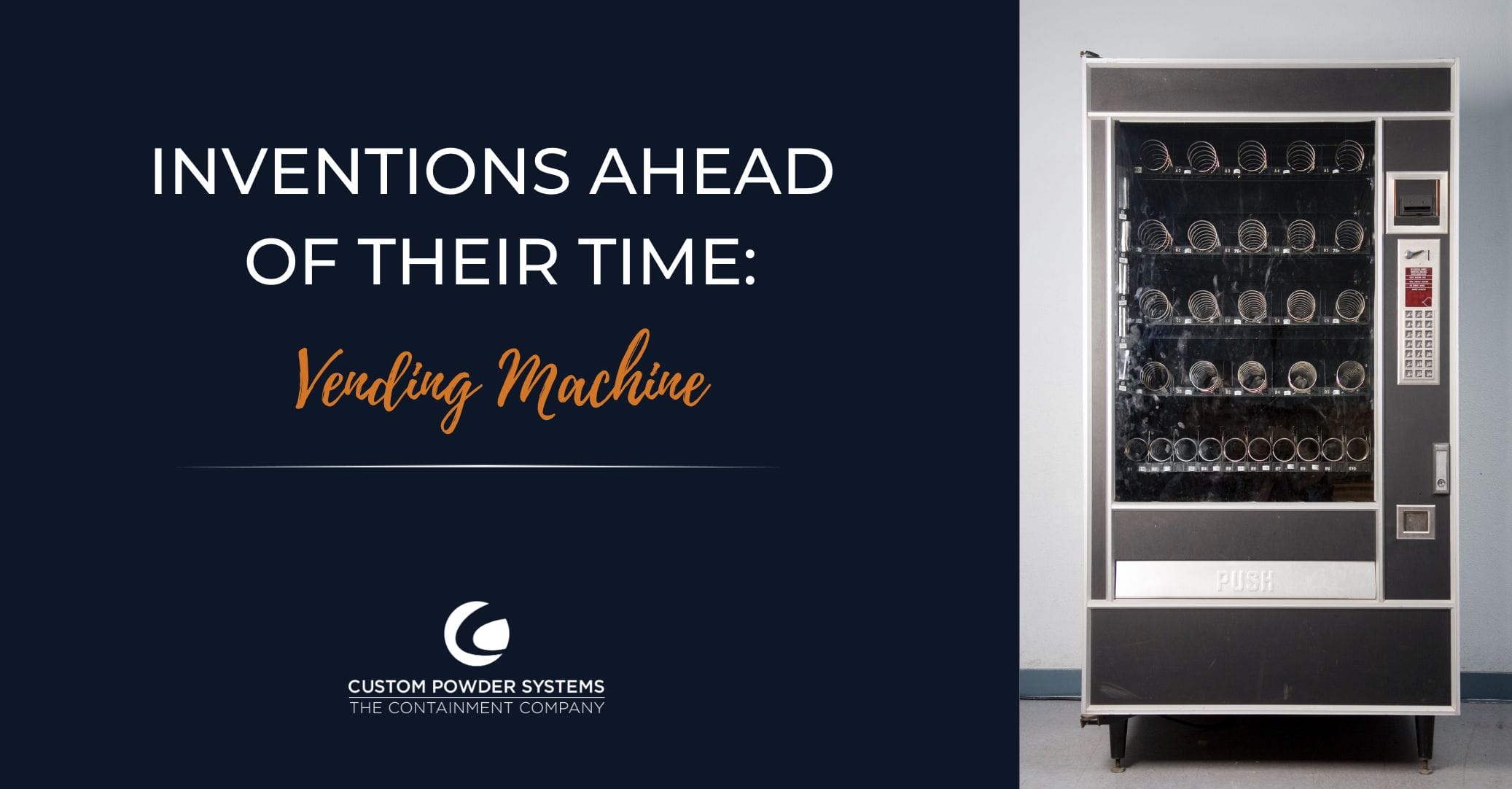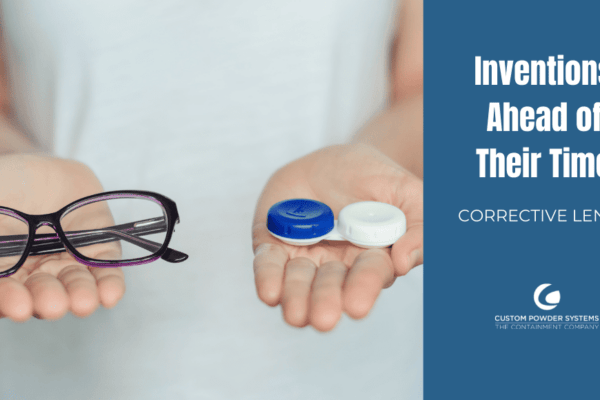Since their discovery in 1895, X-rays have revolutionized medicine and significantly contributed to various industries. Wilhelm Conrad Roentgen, a German physicist, accidentally stumbled upon X-rays one day while conducting experiments with cathode rays, which opened up a new world of possibilities for imaging and diagnosing medical conditions.
X-rays, also known as Roentgen rays, are a form of electromagnetic radiation that can penetrate through materials and produce images of the internal structures of the human body. A discovery and subsequent invention from one scientist sparked a wave of excitement and curiosity among scientists, leading to further exploration and development of X-ray technology.
A Glowing Discovery
Wilhelm Conrad Roentgen, a German physicist, made one of the most significant accidental discoveries in the history of science while conducting experiments with cathode rays in 1895. He noticed a mysterious fluorescent glow in a nearby barium platinocyanide screen, even though the cathode rays were supposed to be confined within a glass tube. Intrigued by this unexpected phenomenon, Roentgen began investigating its properties and potential applications.
Roentgen conducted numerous experiments in a darkened laboratory to further explore this mysterious glow. He discovered that these new rays, which he named X-rays (X signifying their unknown nature), could penetrate through various materials, including human tissue while remaining invisible to the naked eye. This revelation opened up a world of possibilities for medical imaging.
Driven by his desire to understand this newfound radiation and harness its potential, Roentgen developed a rudimentary X-ray apparatus consisting of a cathode ray tube and a fluorescent screen that allowed him to produce and visualize X-rays. Roentgen soon realized the potential medical applications of his invention and began capturing X-ray images of various objects, including his wife’s hand, which became the world’s first X-ray photograph.
Taking a Deeper Look
The groundbreaking nature of Roentgen’s discovery quickly became evident. Word spread rapidly throughout the scientific community, and Roentgen’s findings were published in a paper titled “On a New Kind of Rays” in 1896. His work received widespread recognition, earning him the inaugural Nobel Prize in Physics in 1901.
The invention of the X-ray machine began paving the way for numerous medical advancements, becoming an essential tool for diagnosing and treating medical conditions. Physicians could now visualize the internal structures of the human body without resorting to invasive procedures. X-rays proved valuable in detecting fractures, identifying tumors, and guiding surgical interventions. The ability to observe the body’s internal workings in such detail revolutionized medical diagnostics and significantly improved patient care, forever transforming the field of medicine.
The continued development of this technology soon sparked a new era of scientific exploration. Scientists and researchers began delving deeper into the nature of radiation, leading to further discoveries in atomic and nuclear physics. Roentgen’s invention laid the foundation for developing other imaging techniques, such as computed tomography (CT) scans and magnetic resonance imaging (MRI).
Seeing the Possibilities
Over time, X-rays have become a valuable tool in a growing variety of industries. Today, machines are commonly used in fields like manufacturing to inspect products for defects, such as cracks or hidden flaws in metal parts. X-ray machines are also used to scan bags, luggage, and cargo for potential threats before transportation. The ability to quickly and non-destructively examine objects has greatly improved quality control and security measures across various sectors.
The impact of X-ray technology in medical and scientific fields cannot be overstated. It has enabled early detection of diseases like cancer, allowing timely treatment and potentially saving lives. It has also played a significant role in surgical planning, guiding procedures, and minimizing risks. Furthermore, it has contributed to scientific research, helping unravel the mysteries of the natural world by studying substances’ atomic and molecular structures.
Wilhelm Conrad Roentgen’s X-ray machine development has profoundly impacted modern health and safety practices, from revolutionizing medical diagnostics to enhancing industrial processes and security measures. The accidental discovery of X-rays serves as a reminder that groundbreaking inventions can arise unexpectedly, forever changing the course of scientific and technological progress.
For more stories about healthcare-related innovations, check out Inventions Ahead of Their Time: Corrective Lens/Contact Lens and Accidental Invention: Penicillin.
To learn more about Custom Powder Systems and the art of engineering, sign up for our newsletter.







